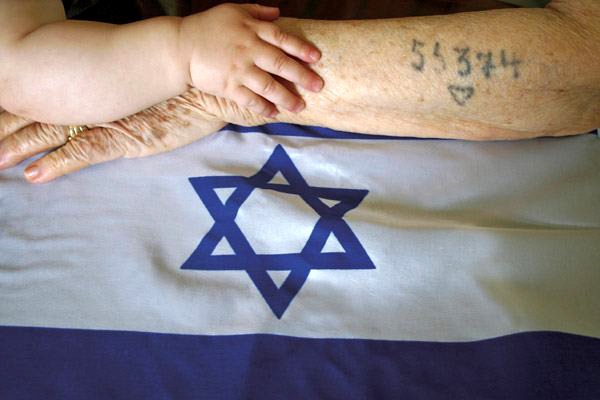Anti-Semitism in America
More stories from Isaac Simon

The FBI defines a hate crime as a “criminal offense against a person or property motivated in whole or in part by an offender’s bias against a race, religion, disability, sexual orientation, ethnicity, gender, or gender identity.”
In 2007 a noose was found hanging on the door of an African American Professor at Columbia University Teachers College in New York City.
The New York Times reported on the story by saying “the police said that their hate crimes unit had mounted a full investigation, including testing the rope for DNA.”
The professor targeted was Madonna. G. Constantine, a specialist of race theory.
Next semester, we will be coming up on the 10th anniversary of this racist act.
The New York Times quoted psychology professor George A. Bonanno as saying “I think we are all pretty much mystified as to why it happened.”
Such confusion surrounding the origins of hatred has unfortunately transcended the last decade with many of us asking the same questions here in 2017. Only this time, the area of prejudice isn’t targeted at blacks or other races, but at Jews.
It has been two weeks since the desecration of over 200 headstones occurred at Chesed Shel Emeth, a Jewish cemetery in Saint Louis, Missouri. Chesed Shel Emeth is 144 years old, and Jews both in Saint Louis and across the country are coming to understand that these acts are not individual or anecdotal but part of a larger trend.
Since the beginning of the year, bomb threats have been directed at 53 Jewish community centers in cities such as Baltimore, Birmingham, Milwaukee, and Wilmington — and they have all experienced multiple threats of violence.
Twenty-seven of those bomb threats were made on Jan. 18, spanning 17 states.
Sixteen bomb threats targeting Jewish facilities and community centers, were made a week before that.
This past weekend, between 75 and 100 headstones were desecrated at Mount Carmel, a Jewish cemetery in Philadelphia, Pennsylvania.
The NYT correctly points out that Synagogues have historically been the target of such threats, therefore making it rather alarming that these threats have spread in both size and status to other areas that Jews often frequent.
But the attack at Chesed Shel Emeth earlier this month hits home in a very personal way.
My mother is from Saint Louis. Growing up, she and my grandmother would take me there to visit the gravestones of my great grandparents. I have several relatives buried in that cemetery, all of which fall on my mom’s side of the family. I am grateful that their stones remain intact, while also acknowledging that the ones surrounding them were not as fortunate.
The New York Times article also mentioned that law enforcement have made no arrests and that there is, “no indication that the vandalism was a hate crime, and no investigators have publicly suggested a link between this and the scores of other anti-Semitic episodes.”
I find it rather bizarre that federal authorities have come to such a conclusion. This wave of anti-Semitic attacks are textbook examples, spelling out the definition of a hate crime. If I didn’t find it so self-evident I would take the liberty of reiterating the components of the FBI’s definition that pertain to the most recent anti-Semitic acts that have taken place across this country.
The racist act of hatred displayed towards Professor Constantine was a textbook example of a repugnant hate crime, and it was rightfully defined as such. Why is the same standard not applied to the approach of federal authorities in Saint Louis? Such a reality speaks to a larger problem in this country, surrounding the unequal treatment applied to persecuted peoples.
Last spring, when swastikas were drawn in bathrooms located in the dorms of the Southwest Residential Area at the University of Massachusetts Amherst, some of the initial responses among students were to attribute this specific act of hate to mere vandalism and graffiti, putting it in a category with drawings of the human anatomy typically written on walls and notebooks.
We don’t know who committed the attacks in Saint Louis or Philadelphia.
Assuming the FBI’s definition hasn’t changed it seems only obvious to consider them hate crimes. At the college level, let us be wary of the inner workings that comprise many political movements. It is the obligation of student organizations on all campuses to denounce anti-Semitism, a force that continues to be pervasive. Anti-Semitism should be talked about as anti-Semitism, not racism.
Only then perhaps, can we understand the evils of such hatred. For far too long has the conversation been framed in a singular way: “what the Jews have done.”
It’s time to collectively disavow this theory, one that is rooted in an anti-Semitic mindset, and to start discussing what the people have done to the Jews.
Failure to do so will result in a failed effort for equality — something we as a nation have worked so hard to achieve.
Email Isaac at isimon@umass.edu or follow him on Twitter @Daylight123.
